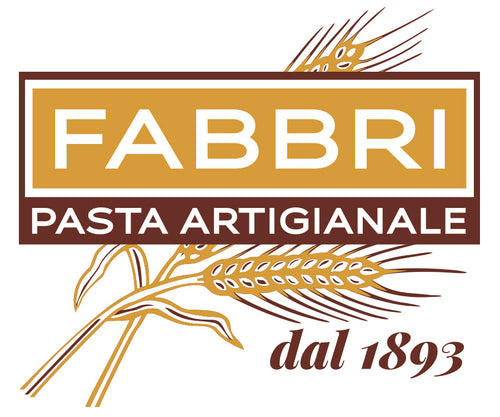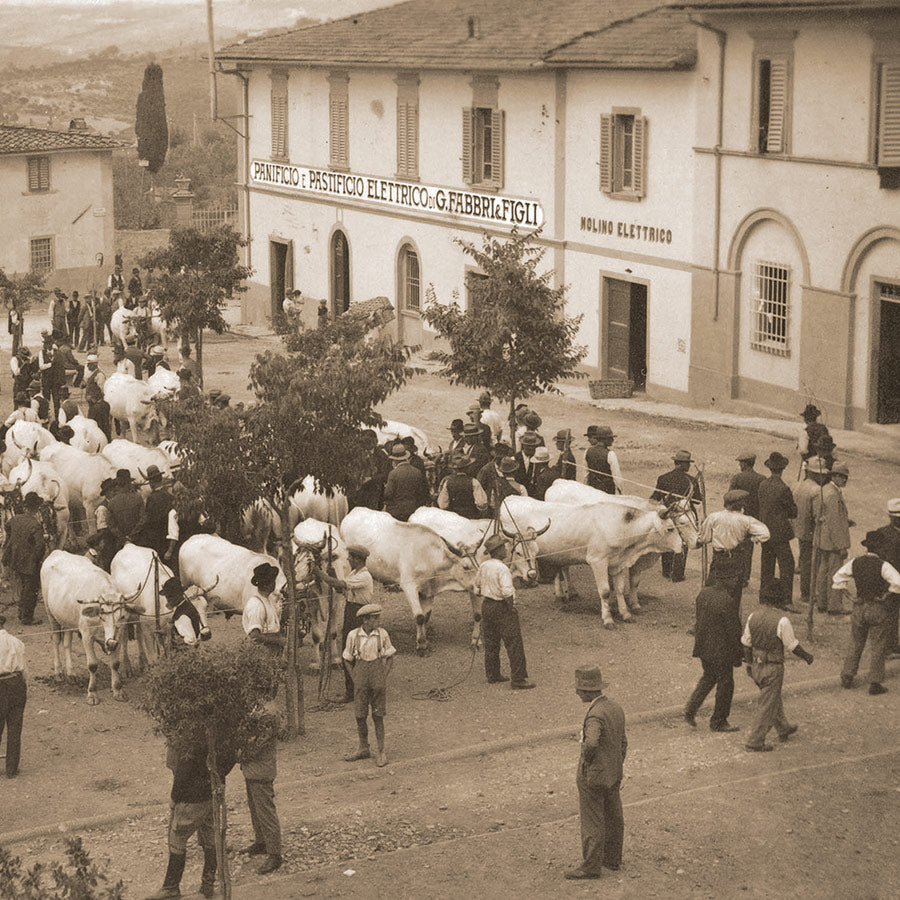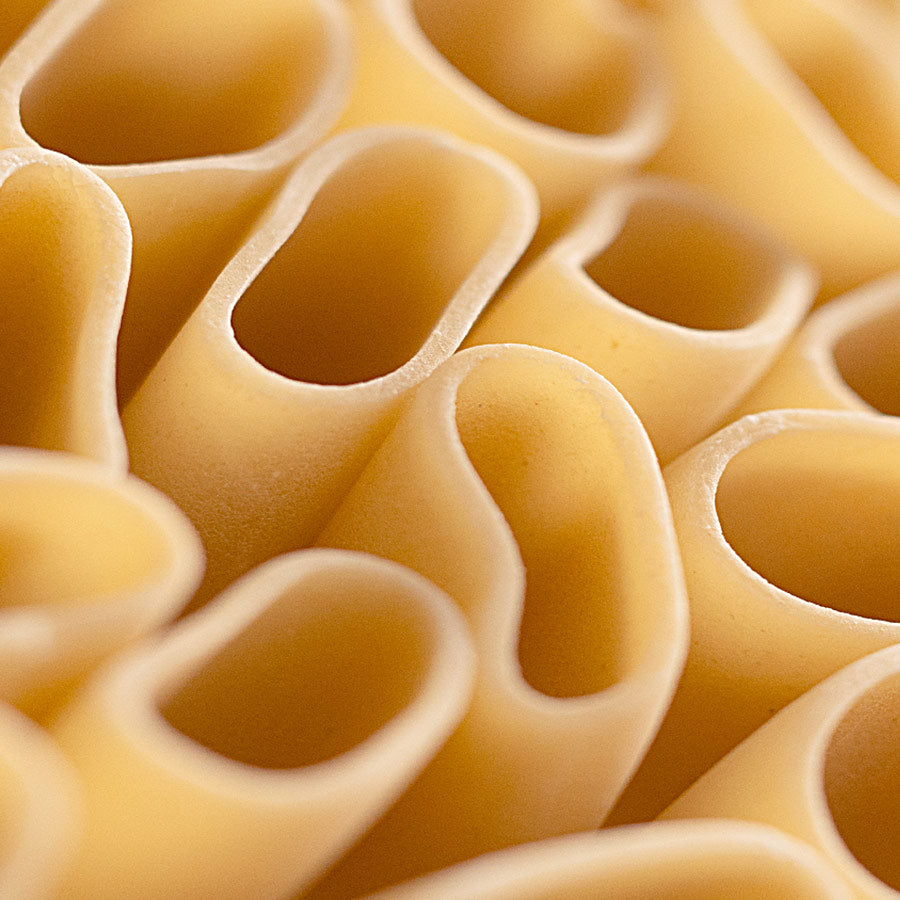A replacement diet based on Khorasan wheat improves the risk profile of patients with type 2 diabetes mellitus

While some pasta producers praise the health benefits of consuming pasta made from ancient grains, research has chosen us at Pastificio Artigiano Fabbri as a reference point, thanks to our natural drying method.
Research "A replacement diet based on Khorasan wheat improves the risk profile of patients with type 2 diabetes mellitus (T2DM): a randomized crossover trial" 2016
Anne Whittaker · Monica Dinu · Francesca Cesari · Anna Maria Gori · Claudia Fiorillo · Matteo Becatti · Alessandro Casini · Rossella Marcucci · Stefano Benedettelli · Francesco Sofi
Objectives
The aim of this study was to evaluate whether a replacement diet with products made from organic ancient Khorasan wheat could offer additional benefits, such as reducing glucose, insulin, lipid, and inflammatory levels, and restoring redox balance in the blood of patients with type 2 diabetes mellitus (T2DM), compared to a diet with products made from modern organic wheat.
Methods
A randomized, double-blind, crossover study was conducted on 21 T2DM patients (14 females, 7 males), divided into two intervention phases. Participants were assigned to consume products (bread, pasta, crackers, and biscuits) made from semi-whole organic wheat flour, sourced either from ancient Khorasan wheat or modern control wheat, for a period of 8 weeks in random order. An 8-week washout period was implemented between the two intervention phases. Laboratory analyses were performed at both the beginning and the end of each intervention phase.
Results
The metabolic risk profile improved exclusively after the Khorasan wheat intervention period, with a reduction in total and LDL cholesterol (mean reduction: −3.7% and −3.4%, respectively), insulin (−16.3%), and blood glucose (−9.1%). Additionally, there was a significant reduction in circulating levels of reactive oxygen species (ROS), vascular endothelial growth factor (VEGF), and interleukin-1ra, along with an increase in total antioxidant capacity (+6.3%). No significant differences from baseline were observed after the modern wheat intervention. The changes between the two intervention phases (pre- and post-intervention) showed significant differences (p < 0.05) for total and LDL cholesterol, insulin, and HOMA index.
Conclusions
A diet based on ancient Khorasan wheat has been shown to provide additional protection, reducing total and LDL cholesterol, insulin, blood glucose, ROS production, and some inflammatory factors, which are crucial aspects in the secondary prevention of type 2 diabetes, compared to a diet with products made from modern wheat.















